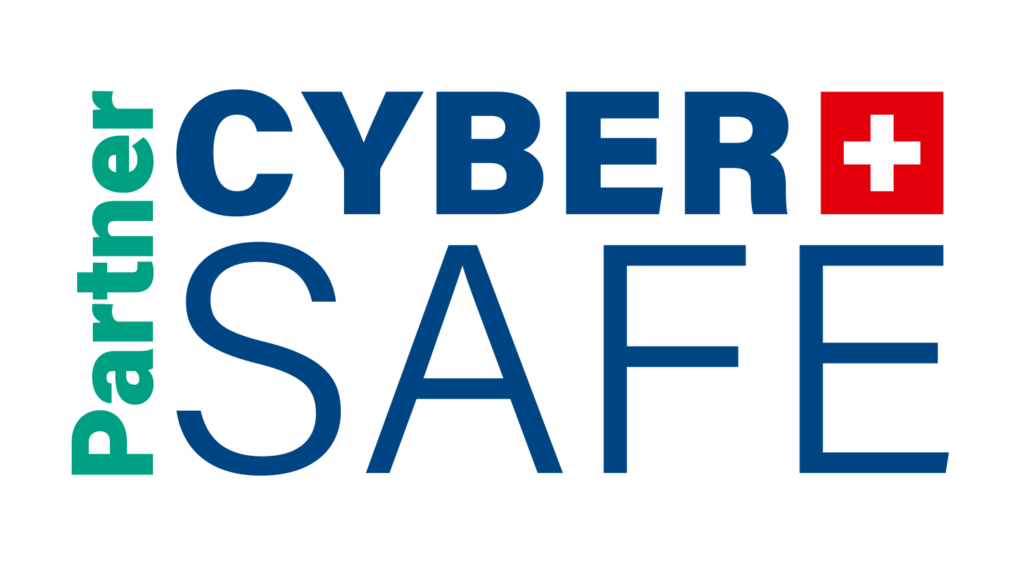Featured Story
Palo Alto Networks Warns About Critical Zero-Day in PAN-OS
Palo Alto Networks has alerted users to a zero-day vulnerability in its PAN-OS software, specifically affecting its GlobalProtect gateways. The flaw is a command injection vulnerability with the identifier CVE-2024-3400, carrying a severity score of 10.0.
Affected PAN-OS versions include:
– PAN-OS < 11.1.2-h3
– PAN-OS < 11.0.4-h1
– PAN-OS < 10.2.9-h1
Exploitation requires specific configurations involving GlobalProtect and device telemetry. While only limited exploitation has been observed so far, Palo Alto recommends applying mitigation steps like enabling Threat ID 95187 and applying a vulnerability protection profile.
Upgrade recommendations:
– PAN-OS 11.1 ⇒ 11.1.2-h3
– PAN-OS 11.0 ⇒ 11.0.4-h1
– PAN-OS 10.2 ⇒ 10.2.9-h1
Approach SOC team can assist in the event of an incident or suspected compromise.
Other Stories
PuTTY SSH Client Flaw Allows Private Keys Recovery
A critical vulnerability (CVE-2024-31497) in PuTTY SSH client versions 0.68 to 0.80 can allow attackers to recover NIST P-521 private keys. This affects FileZilla, WinSCP, TortoiseGit, and TortoiseSVN. By analyzing a few signed messages, attackers could reconstruct private keys and gain unauthorized access.
Cisco Warns of Massive Surge in Password-Spraying Attacks on VPNs
Cisco Talos has identified a sharp rise in brute-force password attacks on VPNs, SSH services, and web login portals. Affected technologies include Cisco Secure Firewall VPN, Checkpoint, Fortinet, SonicWall, and others. Attackers are leveraging common usernames to bypass weak authentication defenses.
WARNING: Critical Vulnerabilities in Ivanti Avalanche <6.4.3 Could Lead to RCE
Ivanti Avalanche suffers from two critical heap overflow vulnerabilities: CVE-2024-24996 and CVE-2024-29204. Rated 9.8 CVSS, they could lead to unauthenticated remote code execution. The affected components are WLInfoRailService and WLAvalancheService. Ivanti’s latest update (v6.4.3) addresses 25 vulnerabilities in total.






